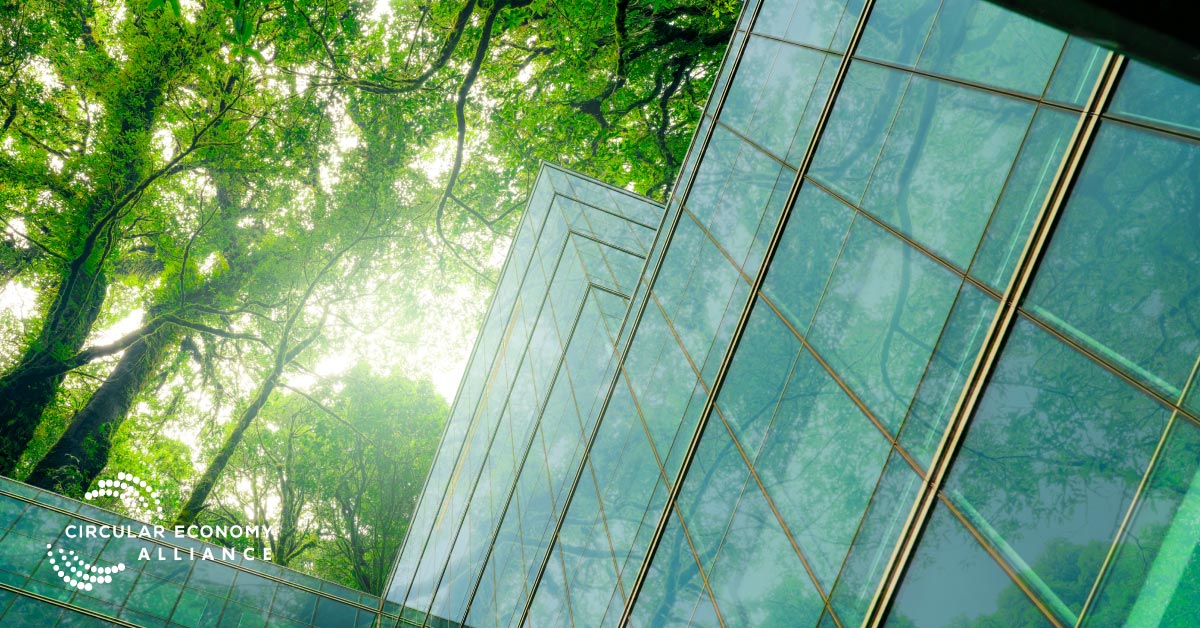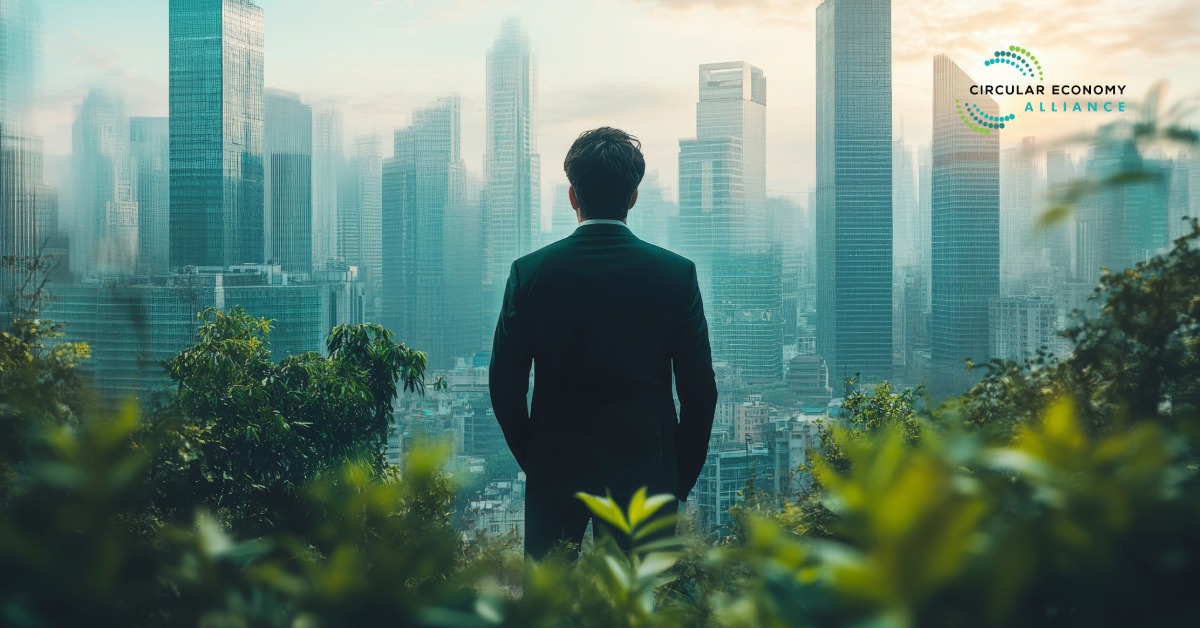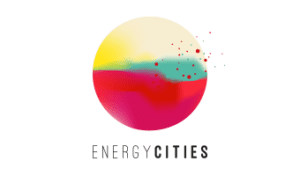Circular building design helps eliminate obsolescence by creating adaptable, long-lasting buildings that reduce waste, reuse components, and support a sustainable built environment.
Introduction
In a world facing increasing pressure on natural resources, circular building design offers a practical response to global challenges. By integrating circular economy principles into the design process, the building industry can shift away from the traditional take-make-dispose model. The goal is to design buildings that remain useful over time, reduce carbon emissions, and extend the operational phase of structures through durability and adaptability.
Embracing Circular Economy Principles in Building Design
Circular economy principles aim to decouple growth from resource consumption. Within the built environment, this involves designing for longevity, adaptability, and easy disassembly. The design team plays a crucial role in rethinking how buildings are constructed, maintained, and reused. Rather than focusing solely on short-term functionality, circular building projects aim to adapt over time and support reuse of building components.
By rethinking the concept of waste, the building industry can create systems that allow for materials and components to be re-used, recycled, or repurposed across multiple lifecycles. Durable materials and adaptable frameworks are essential for ensuring that buildings can be transformed to meet evolving user needs and societal demands.
What Makes a Circular Building
A circular building is not just defined by its materials, but by its ability to adapt to new purposes and extend its useful life. Circular building design focuses on flexibility, disassembly, and reduced environmental impact. By designing with long-term use in mind, architects and engineers can prevent waste production and reduce the need for raw materials.
Key aspects of a circular building include:
- Use of durable materials that withstand time and usage
- Modular building components that can be rearranged or replaced
- A design process that anticipates multiple life cycles
- Systems to track materials and components for future reuse
These strategies reduce carbon emissions and make the construction process more sustainable. They also offer long-term cost benefits by minimizing the need for complete reconstruction.
Circular Design in the Built Environment
Circular design in architecture encourages a shift in mindset. It challenges the industry to focus on the long-term value of materials, energy, and labor. The built environment is responsible for a large share of global waste and energy use. Circular thinking helps reduce this impact by optimizing the use of building materials and promoting sustainable construction practices.
The building industry can benefit from tools and frameworks that prioritize sustainability and adaptability. The design team, including architects, engineers, and suppliers, must collaborate from the beginning of the project to align with circular economy principles. This early collaboration is essential to address budget constraints, ensure quality outcomes, and create buildings that can be adapted over time.
How the Building Industry Can Tackle Global Challenges
The building industry faces major challenges in reducing its environmental impact. Construction and demolition contribute to carbon emissions, resource depletion, and waste. Circular economy strategies offer a way to tackle these issues by extending the life of buildings, re-using materials, and designing for flexibility.
The operational phase of a building typically accounts for the largest share of energy consumption and emissions. By using circular design, designers can reduce these impacts through better insulation, energy systems, and durable construction methods. The use of case studies and data from past projects helps highlight the benefits of circular approaches.
Case Studies and Practical Examples of Circular Building Design
Numerous projects across Europe and globally illustrate how circular building design is being applied in practice. These case studies reveal that buildings designed for flexibility and reuse outperform traditional models in terms of both environmental and economic outcomes.
For example:
- Some buildings have been constructed with disassemblable structural systems, enabling easy relocation or reconfiguration
- Projects that prioritized modularity and re-used materials experienced lower construction costs and faster timelines
- Circular principles helped improve stakeholder engagement and supported long-term sustainability goals
These examples show that circular design is not only beneficial but increasingly necessary as urban areas expand and global resource demand rises.
The Role of Architects, Designers, and Engineers in Circular Building Projects
Designers and engineers are central to transforming the building industry. By integrating circular economy principles into every stage of the design process, they can create buildings that are both functional and future-proof.
This means:
- Selecting building materials with low environmental impact
- Designing adaptable layouts that meet changing user needs
- Collaborating with suppliers to ensure materials can be tracked and reused
- Anticipating future maintenance needs and embedding flexibility from the start
With support from initiatives like the Ellen MacArthur Foundation and other sustainability frameworks, design professionals can create high-quality, cost-effective buildings aligned with the principles of circular economy.
Circular Economy and the Future of the Built Environment
The integration of circular economy into the built environment is no longer optional. It is a necessity driven by environmental, economic, and societal pressures. Buildings must be designed not only for today but for tomorrow—able to adapt, evolve, and remain valuable over time.
Circular building design offers a clear framework for achieving these goals. It supports sustainability by minimizing waste, reducing the demand for raw materials, and extending the life of building components. It also addresses the growing demand for buildings that are flexible, resilient, and environmentally responsible.
From early-stage design to on-site construction and eventual reuse, circular thinking must guide every step of the building process. This approach creates buildings that contribute positively to society, support long-term value, and help tackle the most pressing global challenges of our time.
FAQs
What is circular building design?
It is an approach to architecture that focuses on adaptability, reuse, and sustainability by applying circular economy principles to extend the life of buildings and reduce waste.
How does circular design reduce environmental impact?
It minimizes carbon emissions and raw material use by creating flexible structures, re-using building components, and designing for disassembly.
What are the benefits of circular buildings?
They reduce costs, extend building life, support sustainability goals, and adapt easily to new uses, making them more resilient and resource-efficient.
How can the design team support circular principles?
By selecting durable materials, planning for future changes, and collaborating with suppliers and engineers from the beginning of the project.
Why is the Ellen MacArthur Foundation important to circular building design?
The foundation provides global leadership in circular economy research, tools, and frameworks that influence best practices in the building industry.























































































































0 Comments